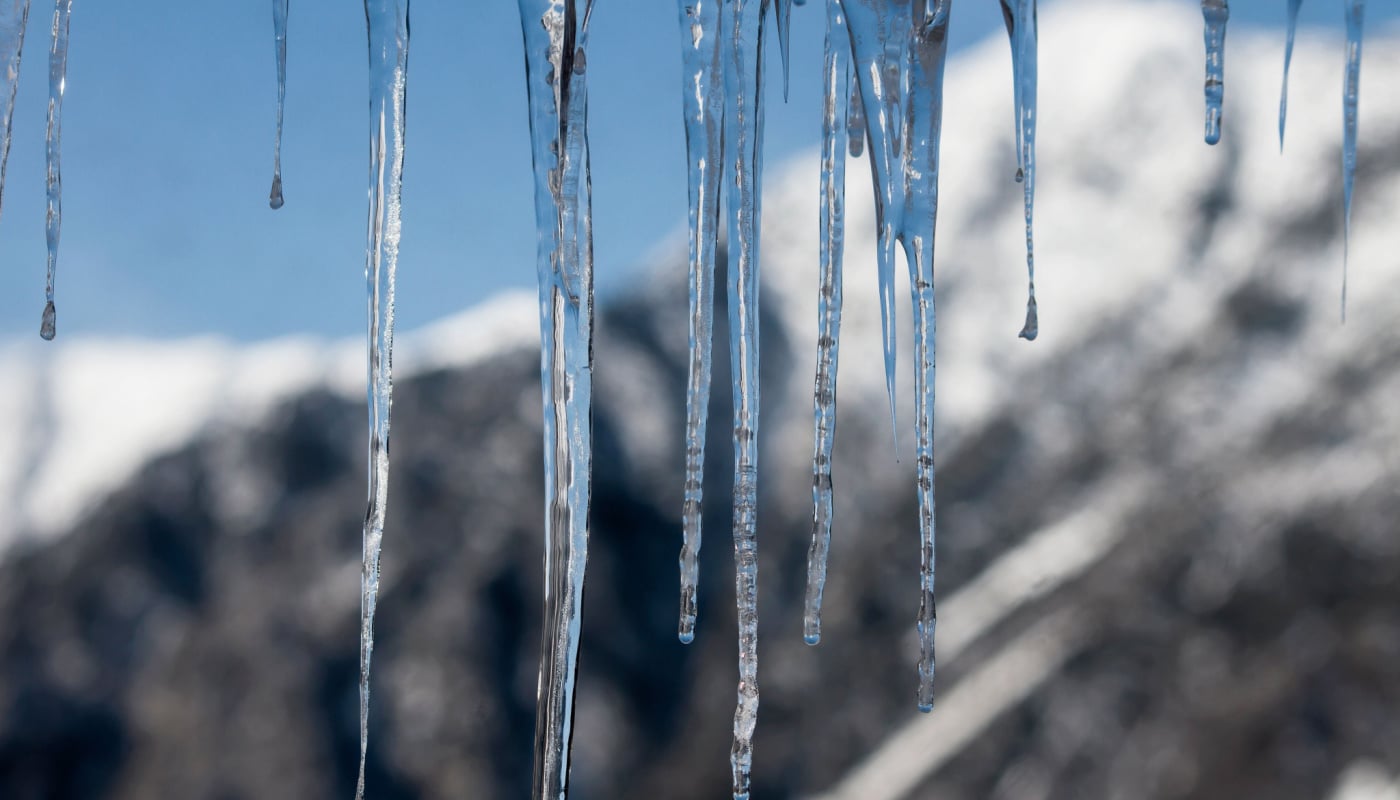
There’s snow way out of it: winter is coming and so are slippery, congested roadways and freezing temps.
Are your shipments ready to endure chilly transit? Let’s talk about protecting your freight from freeze damage this winter.
Do Your Shipments Need Protected from Freeze Damage?
Where are your shipments headed? Freezing temps vary across the U.S., but there are regions that almost always see dangerous cold weather. Typically starting in October and lasting through March, these regions include parts of the Northeast, upper Midwest, Rocky Mountains, and Canada.
Although liquids are especially vulnerable, other products can be susceptible to freeze damage without proper precautions. Failure to arm your shipments against this can result in spoiled or destroyed products and cost shippers big.
Liquids expand when they freeze, creating pressure inside closed bottles. Some packaging is built to withstand small expansion and retraction levels, but glass and aluminum containers or over-filled plastic bottles are notorious for bursting.
Some dried foods can also experience severe quality reduction from exposure, like eggs or products that contain eggs.
Know your product and its sensitivity to a range of temperatures before scheduling a shipment so you can plan for safe transport.
Choose Freeze Protection on Your BOL
The Bill of Lading (BOL) details the terms of service for every shipment. It’s used to dictate how a shipment is processed and handled by its carrier.
You can notify your carrier on your BOL that you want to opt for freeze protection. In the document, shippers can also specify any handling requirements that the freight has.
Utilize Temperature-Controlled Vehicles
This might sound counterintuitive but refrigerated trucks actually help prevent freeze damage.
Some vendors only feel comfortable shipping freeze-susceptible products in a temperature-controlled truck. If this sounds like you, be sure to discuss your freight needs with your logistics partner ahead of time and make sure they can cover a refrigerated shipment.
Please note: this mode can be associated with higher costs without built-in lead time.
Monitor Temperature with Tech
If your freight isn’t necessarily at high risk for damage but still could be altered by low temps, you can simply ask your carrier to monitor trailer temperatures using a swath of technological applications. Make sure to specify if you want this service on your BOL.
Use Pallet Covers and Cargo Blankets
Pallet covers and cargo blankets are available through most service providers. Much like using Styrofoam coolers for frozen parcel shipping, these lock exterior conditions out and maintain the shipment’s temperature.
Build In Protection for Idle Days
If you are shipping over the weekend, LTL providers will cross-dock orders when they are not actively in-transit. This can leave product exposed to the elements without prior planning. If you have especially vulnerable orders, work with your logistics provider to rearrange shipping schedules and ensure proper practices are put in place.
You could also choose to expedite service to avoid this issue altogether.
Zipline Protects Shipments From Freeze Damage!
If you are moving temperature-sensitive products this winter, working with a provider that understands your business can help you avoid freeze damage disasters.
Zipline Logistics can help you source reliable capacity for nationwide temperature-controlled shipping across all modes—full truckload, LTL, and rail.
Reach out to discuss how we can keep your orders moving this winter!